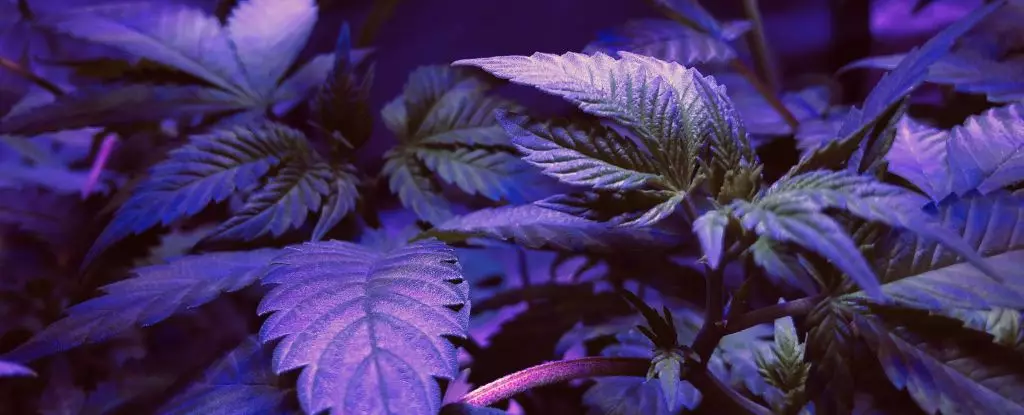In the quest for extraterrestrial life, scientists are aware that they may have to search for organisms in vastly different environments from those found on Earth. While our planet is dominated by green, chlorophyll-based plant life, other types of life forms may exist elsewhere in the universe. Researchers are particularly interested in the possibility of alien plant life existing on planets with different light and heat conditions than Earth.
One intriguing possibility for alien plant life comes from the realm of purple bacteria. These bacteria thrive in low-light conditions and have evolved to make the most of infrared radiation. On Earth, they occupy niches where traditional green plants struggle to survive. If purple bacteria were to exist on a world orbiting a red dwarf star, they could potentially dominate the planet’s biosphere.
Astrobiologist Lígia Fonseca Coelho of Cornell University’s Carl Sagan Institute suggests that purple bacteria are strong contenders for life forms that could thrive in diverse environments. These bacteria have the ability to carry out photosynthesis under a variety of conditions, making them well-suited for existence on alien worlds with different suns.
Red dwarf stars are the most common type of stars in the Milky Way galaxy, emitting less heat and light than our Sun. Scientists are intrigued by the possibility of life emerging on exoplanets orbiting red dwarf stars and how this life might appear. The Carl Sagan Institute is actively cataloging different forms of life to determine what they might look like on distant worlds.
On Earth, chlorophyll-a is the primary photosynthetic pigment found in plants and cyanobacteria. This pigment has co-evolved with these organisms over time to optimize the process of photosynthesis. Similarly, on a planet orbiting a red dwarf star, life forms with different pigments may emerge to take advantage of the unique light conditions.
Researchers like Coelho and her colleagues have investigated the potential for alien life forms to use carotenoids as biopigments to absorb light energy. These pigments enable bacteria to thrive on red and infrared light, utilizing simpler light-harvesting systems than plants. By studying the pigments of various bacteria and modeling different planetary conditions, scientists can predict the appearance of alien worlds teeming with colorful microbes.
Depending on the specific species of bacteria, carotenoids can give the microbes an orange, red, or brown hue. Just as Earth’s vegetation varies in color, from lush green forests to vibrant coral reefs, alien plant life may display a spectrum of colors indicative of different forms of photosynthesis. By studying these potential variations, astronomers may be able to detect signs of alien life on distant planets.
Ultimately, the search for alien plant life is a complex and exciting endeavor that pushes the boundaries of our understanding of biology and astrobiology. As we continue to explore the cosmos, we may discover worlds teeming with life forms that are as diverse and colorful as the ones found on Earth. The prospect of finding alien plant life is a tantalizing possibility that fuels our curiosity and drives our exploration of the universe.


Leave a Reply